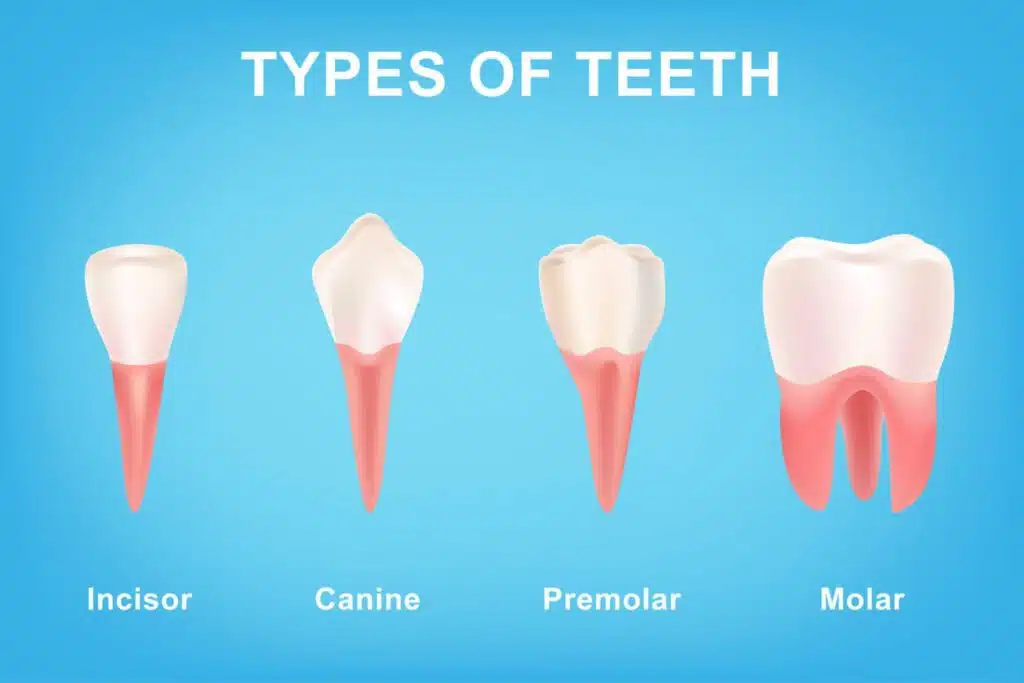Dental health is a part of overall well-being, and understanding the various procedures available can help you make informed decisions about your oral care. From routine cleanings to more complex treatments, dental procedures address a wide range of needs. Here you can explore some of the most common types of dental procedures offered by dentists.
Routine Dental Cleanings
Routine dental cleanings are the foundation of good oral health. During these visits, dental hygienists remove plaque and tartar that regular brushing and flossing might miss. This process helps prevent cavities and gum disease, keeping your teeth and gums healthy over time. These cleanings typically include an examination of your mouth by a dentist to check for signs of potential oral health issues, such as tooth decay or gum inflammation. Regular cleanings, often recommended every six months, are beneficial for maintaining a healthy smile and addressing minor issues before they worsen.
Cavity Fillings and Repairs
When a tooth develops a cavity or sustains minor damage, fillings and similar procedures are used to restore its structure and function. Several options are available to address these issues, determined by the damage’s severity and personal preferences. Here are some of the most common types of cavity fillings and repairs:
- Amalgam Fillings: Made from a mixture of metals, these durable fillings are often used for back teeth where strength is beneficial.
- Composite Fillings: These tooth-colored fillings blend with natural teeth, making them a popular choice for visible teeth.
- Ceramic Fillings: Made from porcelain, these are resistant to staining and are an aesthetic option for filling larger cavities.
- Gold Fillings: A long-lasting but more expensive material used in specific cases for durability and performance.
Tooth Extractions When Needed
Tooth extractions become necessary when a tooth is damaged beyond repair or poses risks to oral health. Common reasons for extractions include severe decay, advanced gum disease, or overcrowding. Simple extractions remove teeth that are visible and accessible, while surgical extractions address more complex cases, such as impacted teeth. After an extraction, your dentist may discuss replacement options like dental implants or bridges to restore the function and appearance of your teeth. While extractions might sound intimidating, they are often beneficial for promoting long-term oral health.
Cosmetic Dental Enhancements
Cosmetic dentistry focuses on improving the appearance of your smile. These enhancements are often elective but can also serve functional purposes. There are several procedures designed to help you achieve your desired smile. Here are some examples of common cosmetic dental enhancements:
- Teeth Whitening: A non-invasive procedure that brightens discolored or stained teeth.
- Veneers: Thin shells placed on the front of teeth to address chips, gaps, or discoloration.
- Bonding: A versatile solution for minor imperfections, where tooth-colored resin is applied and shaped.
- Orthodontics: Braces or clear aligners to correct the alignment of teeth and improve your bite.
- Dental Implants: While primarily restorative, implants also improve aesthetics by replacing missing teeth seamlessly.
Cosmetic procedures can boost both confidence and comfort, helping you maintain a smile that aligns with your expectations.
Talk to Your Dentist Today
Understanding the options available for dental procedures is a beneficial step in managing your oral health. If you have questions or concerns, consult with your dentist to determine which treatments are appropriate for your needs. Preventative care and tailored dental solutions help make sure your smile stays healthy and confident. Speak with your dentist today to take the first step toward improved oral health.


Leave a Reply